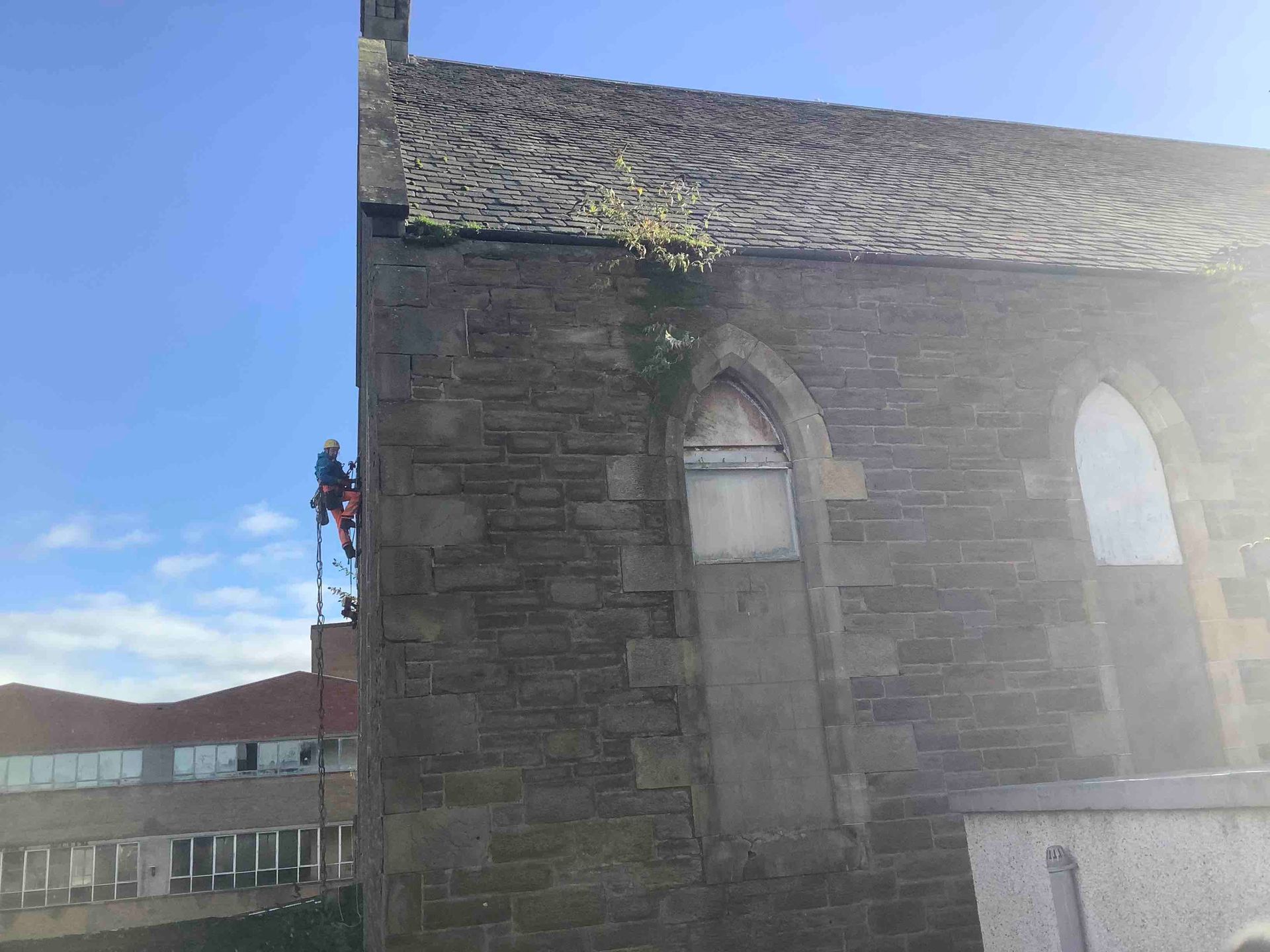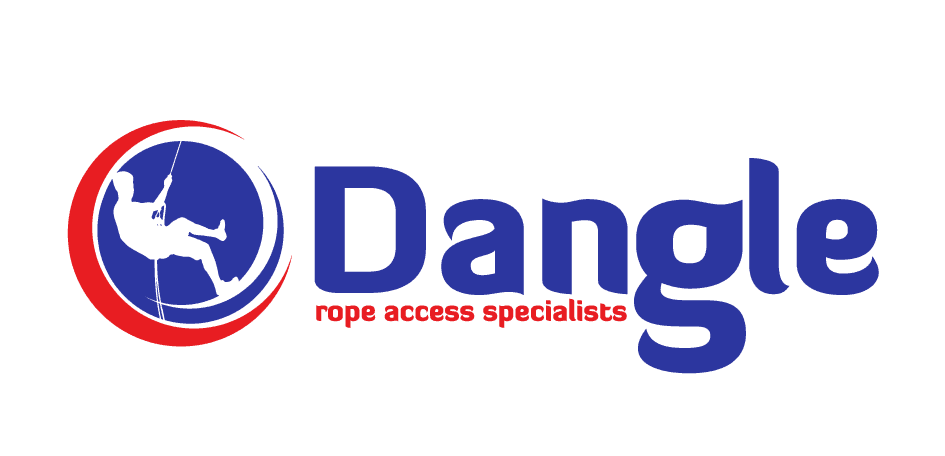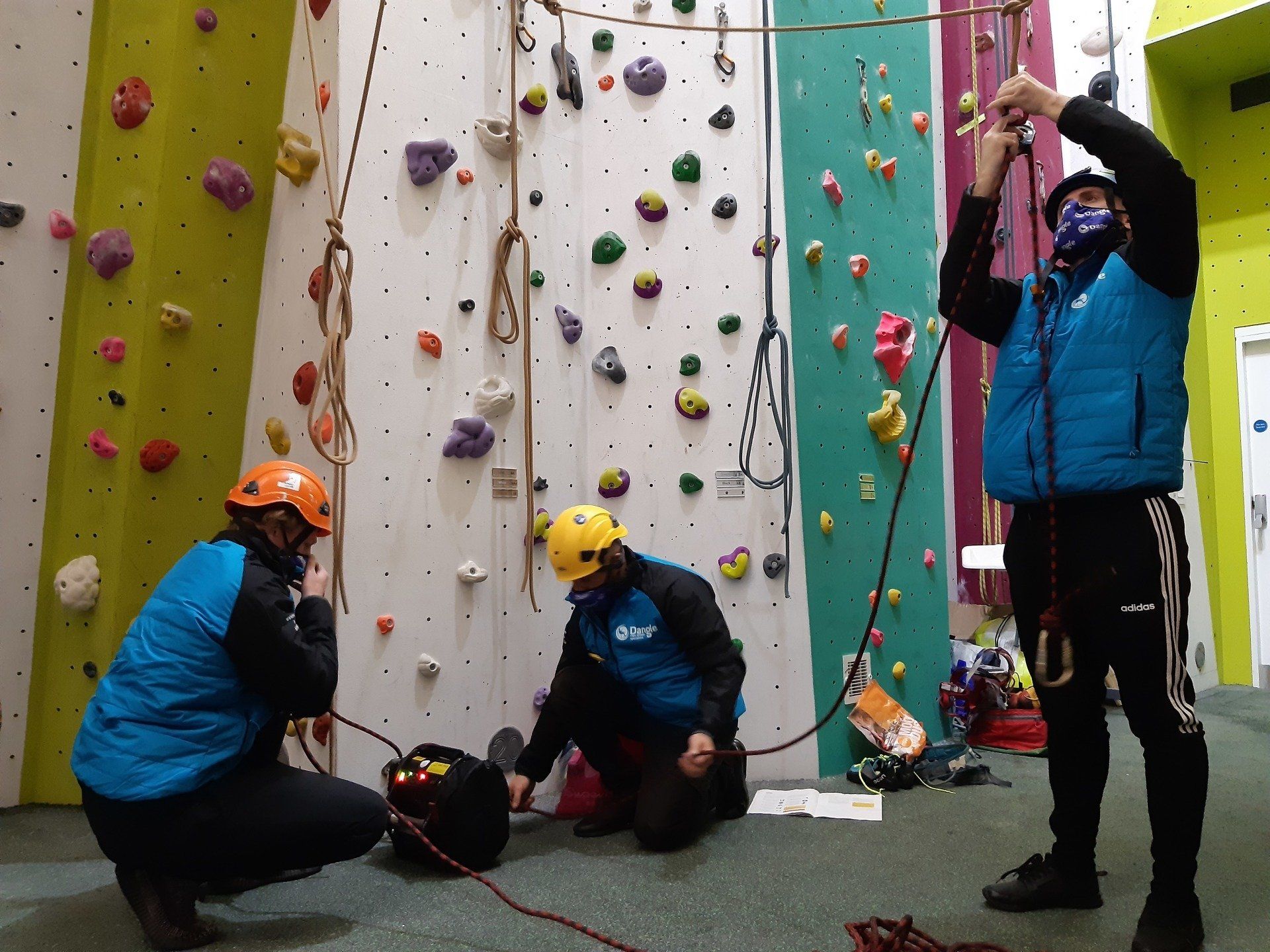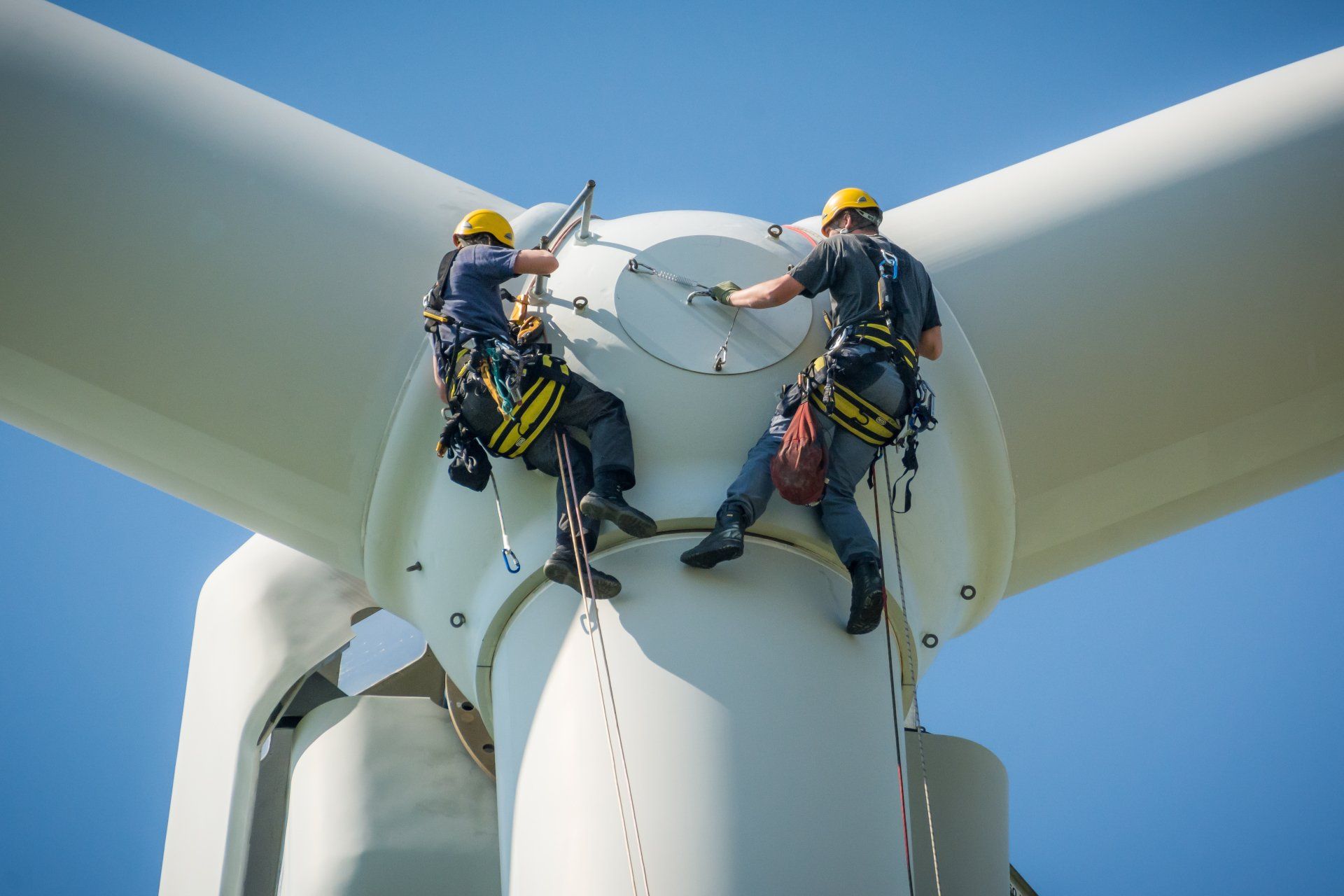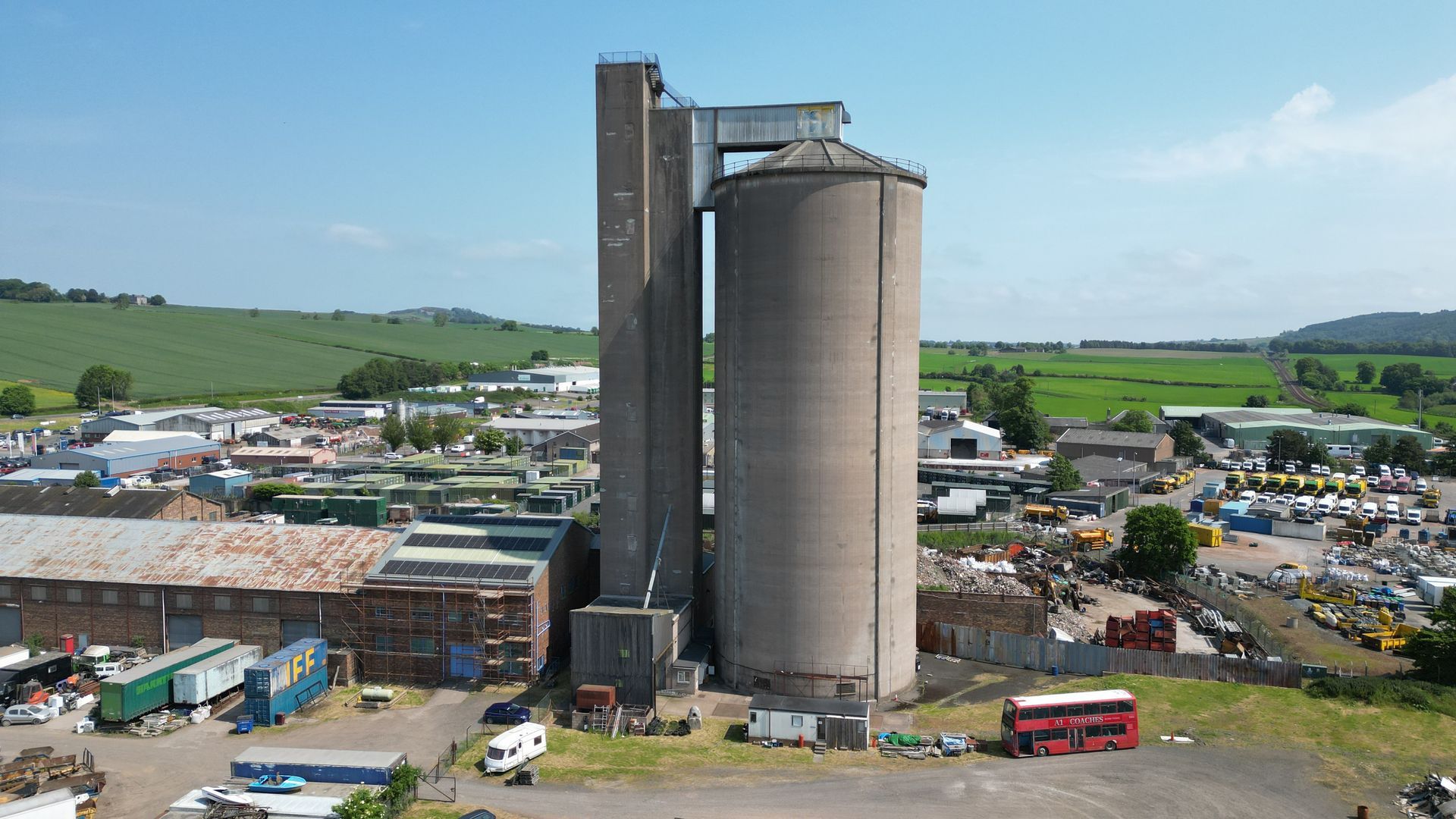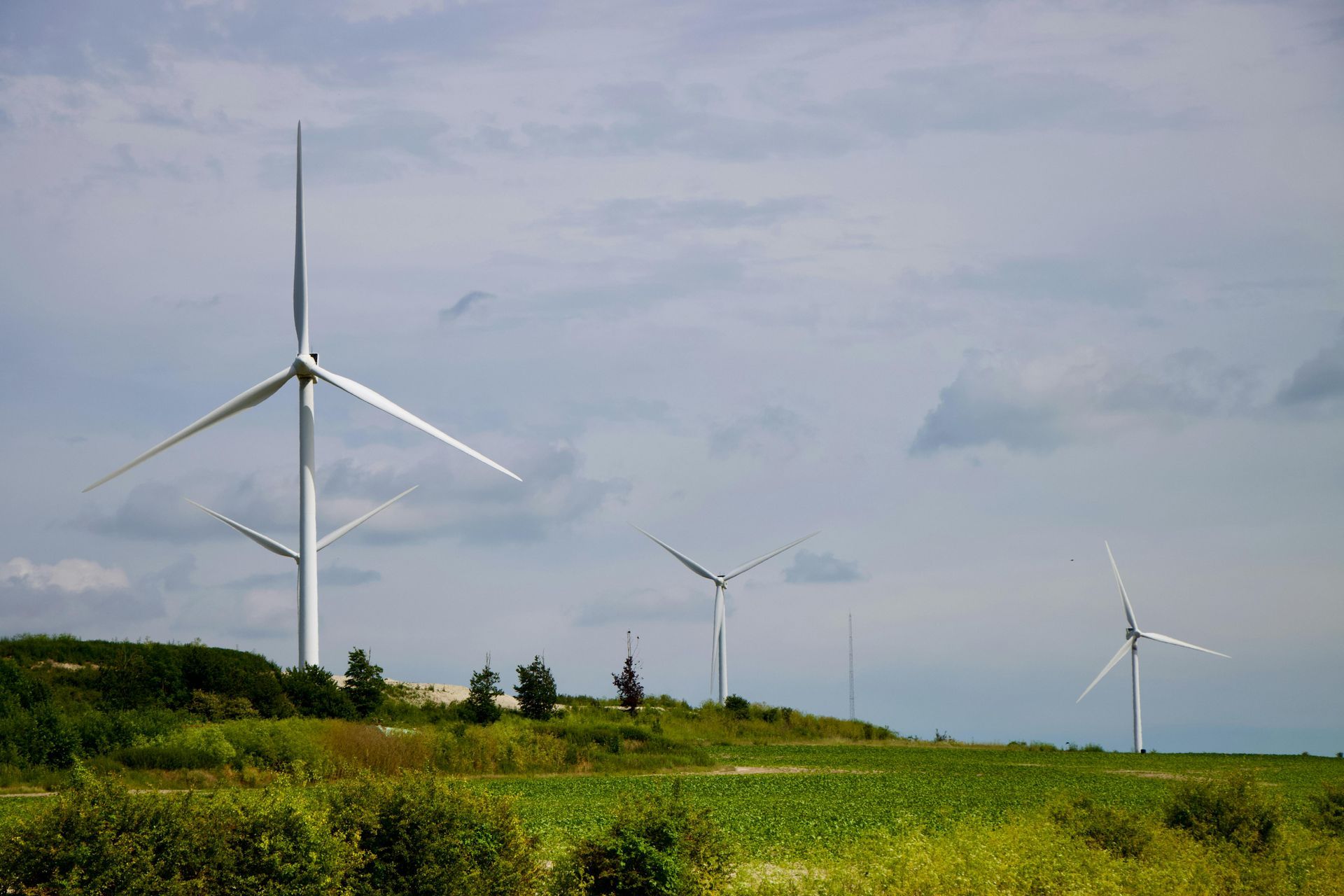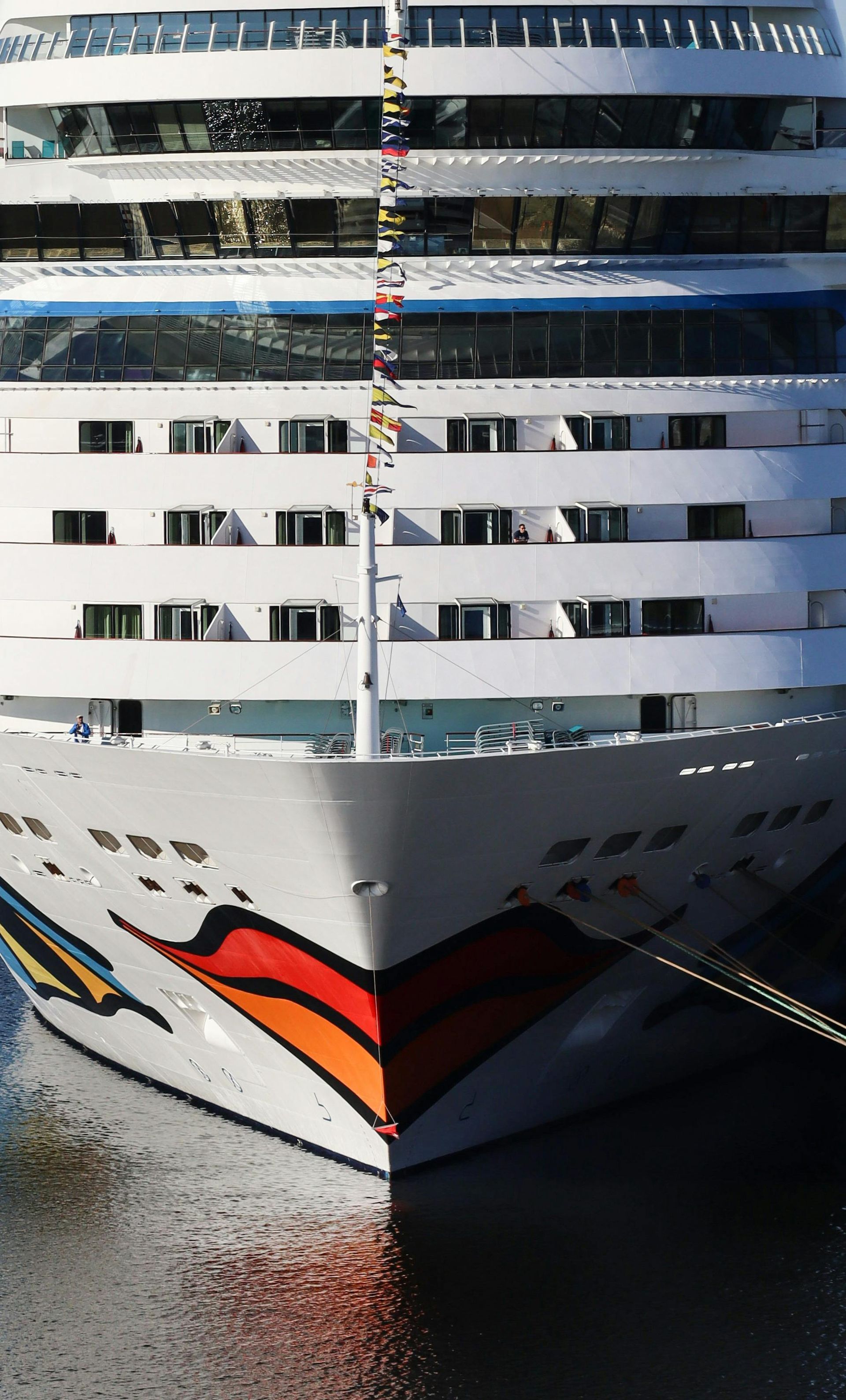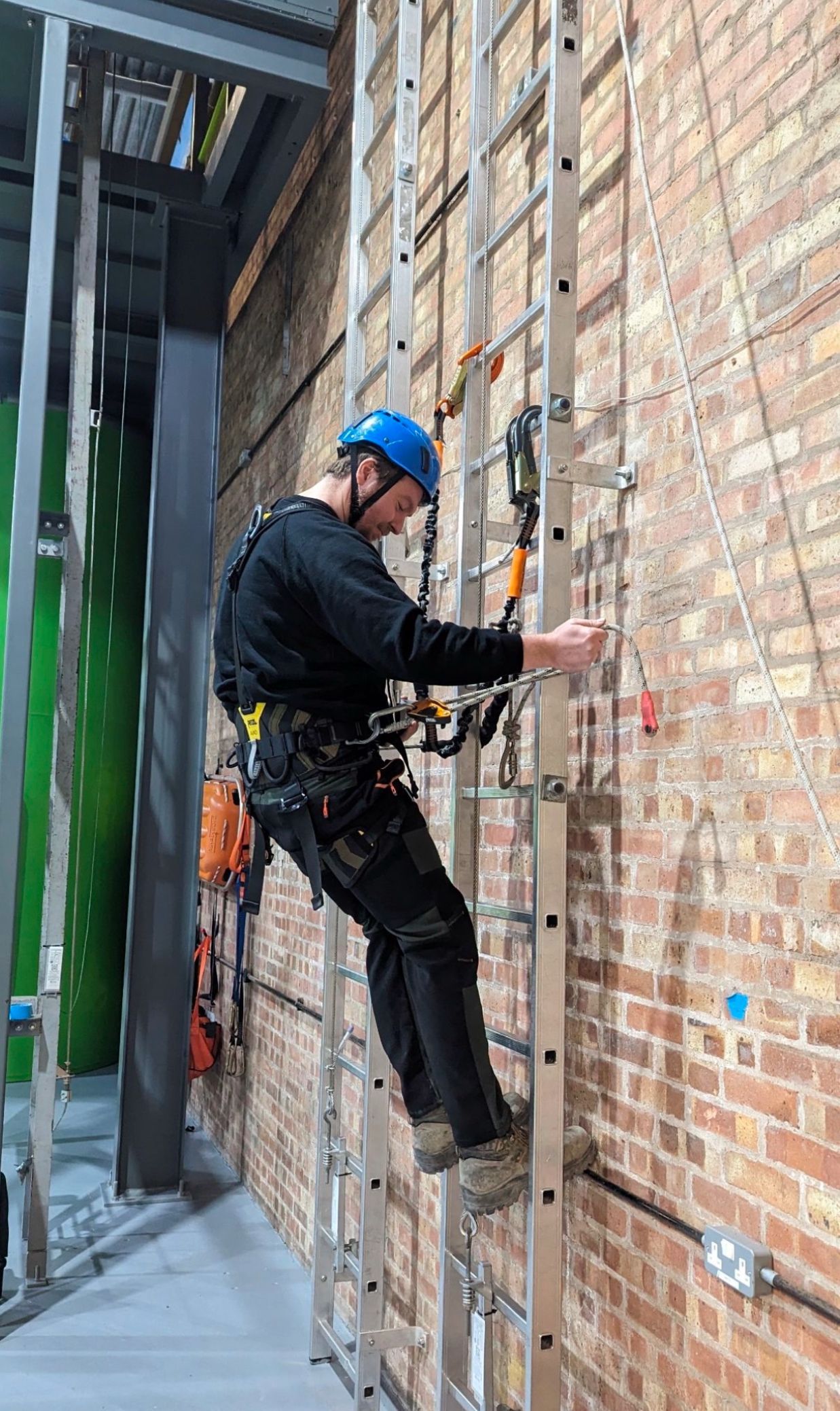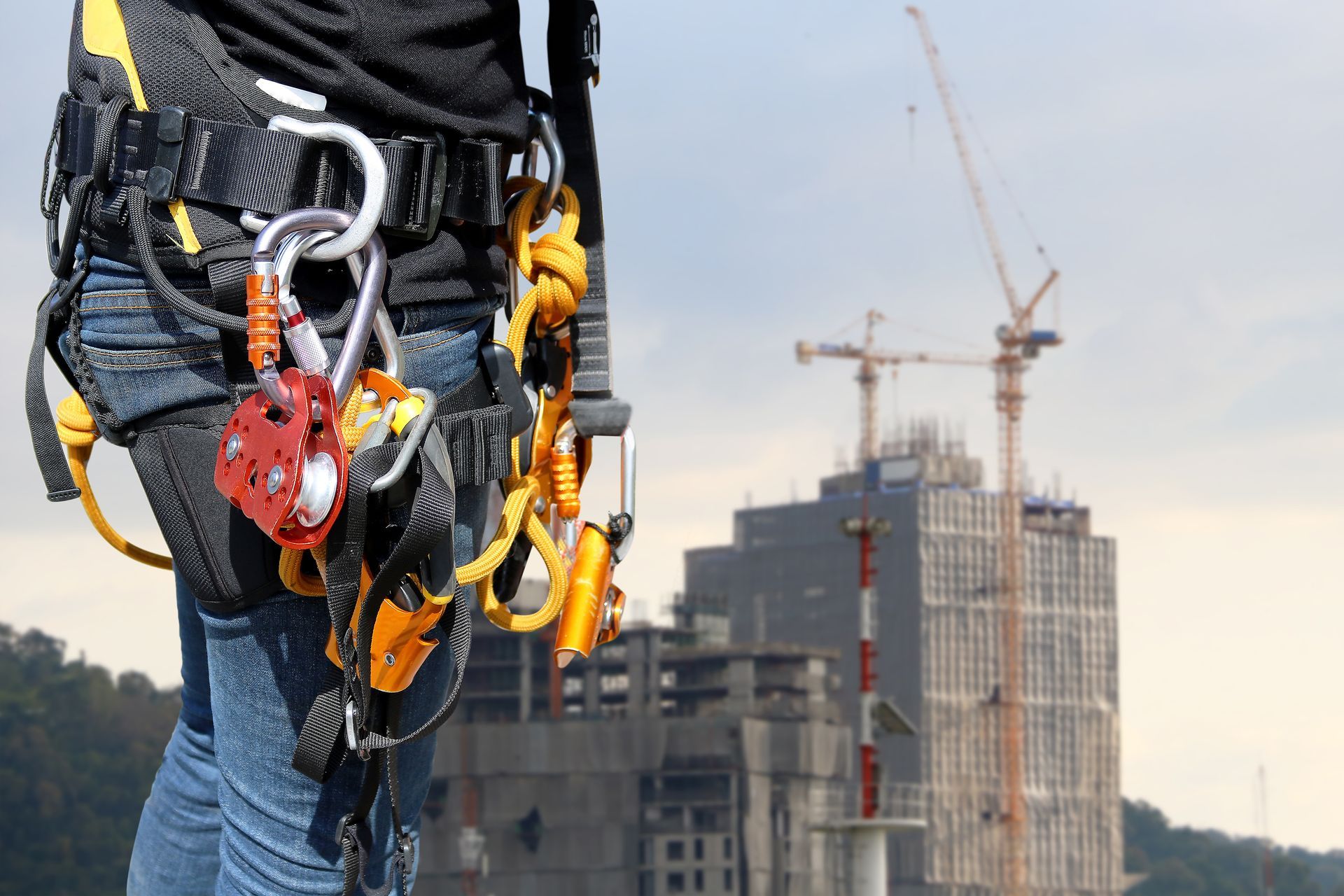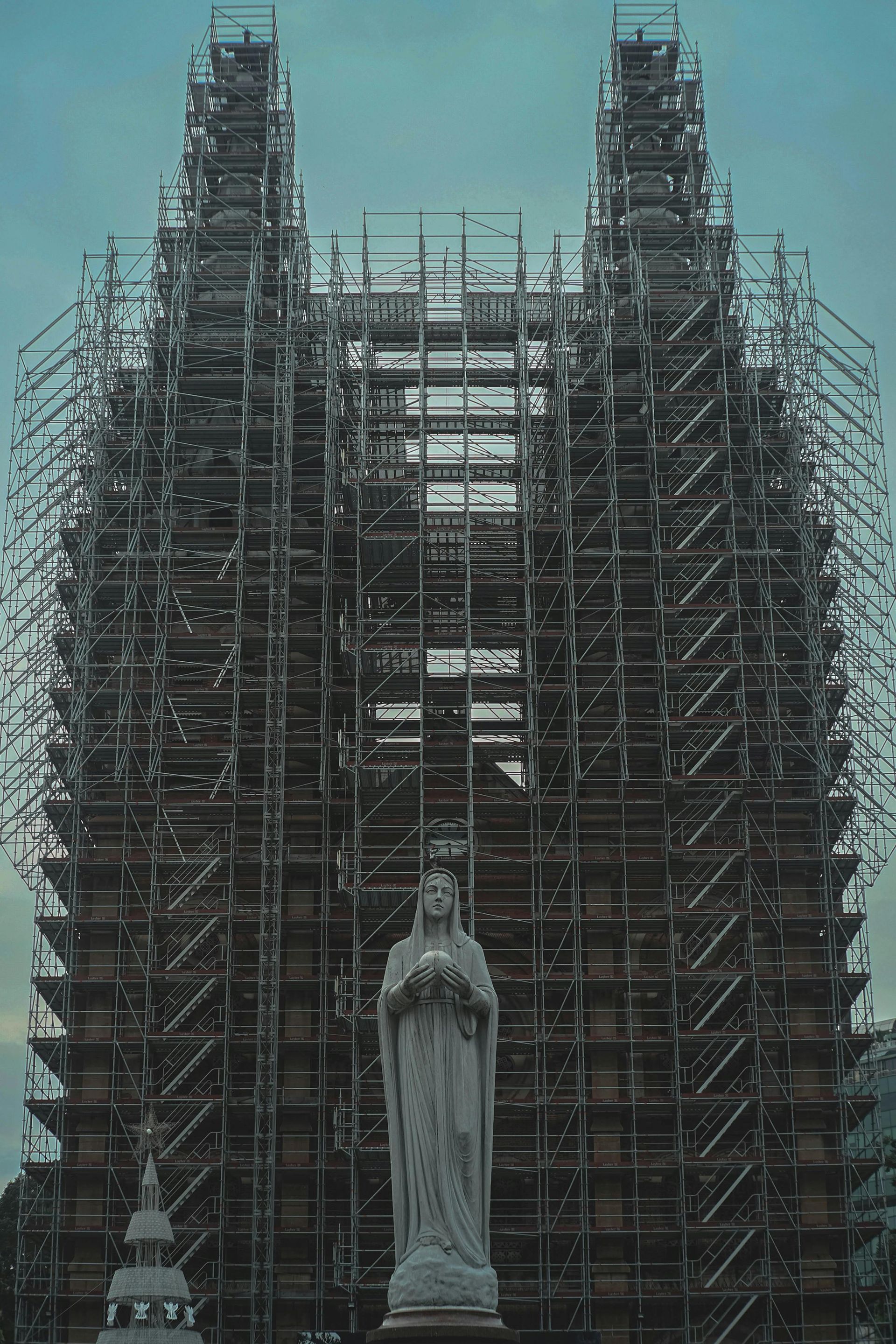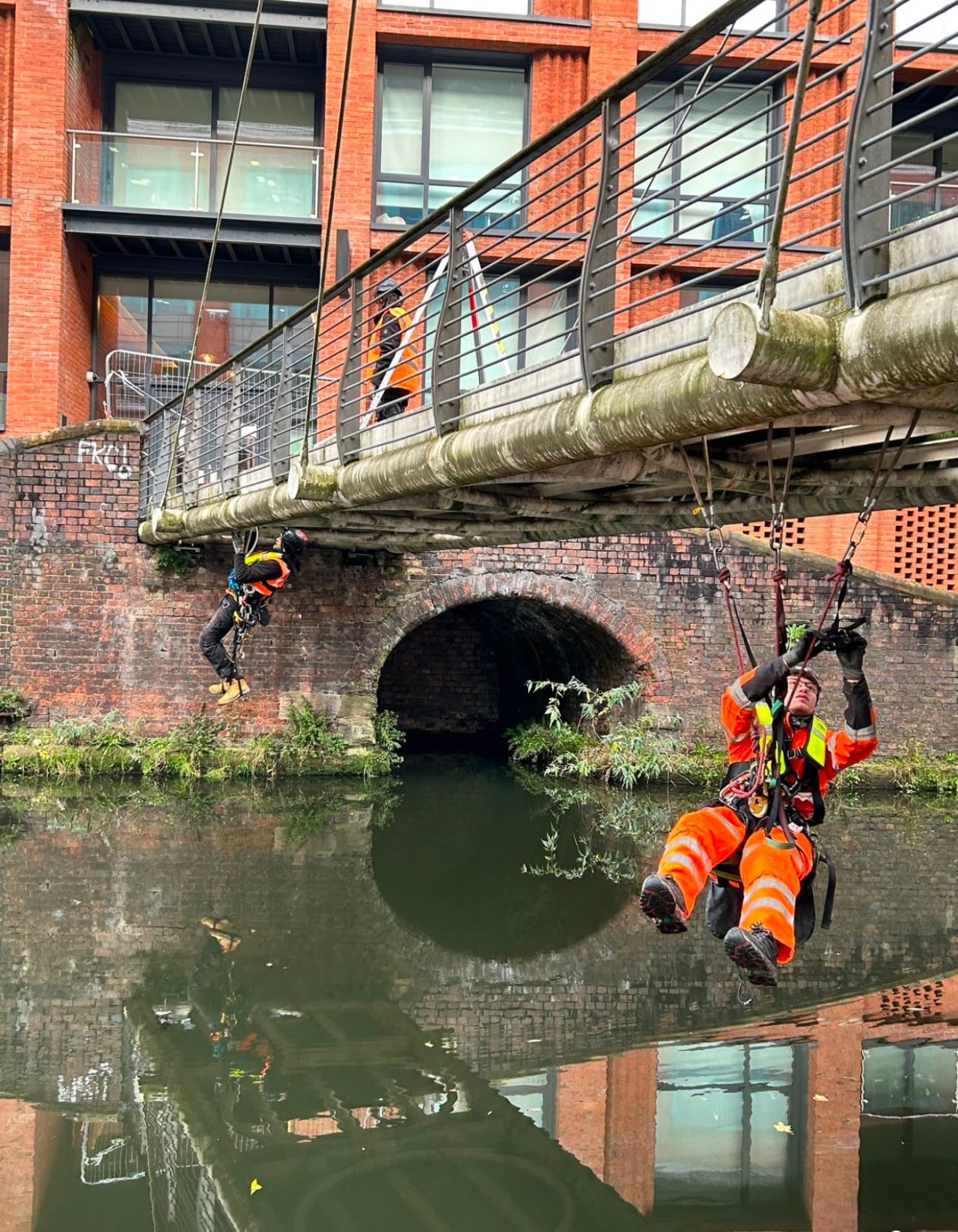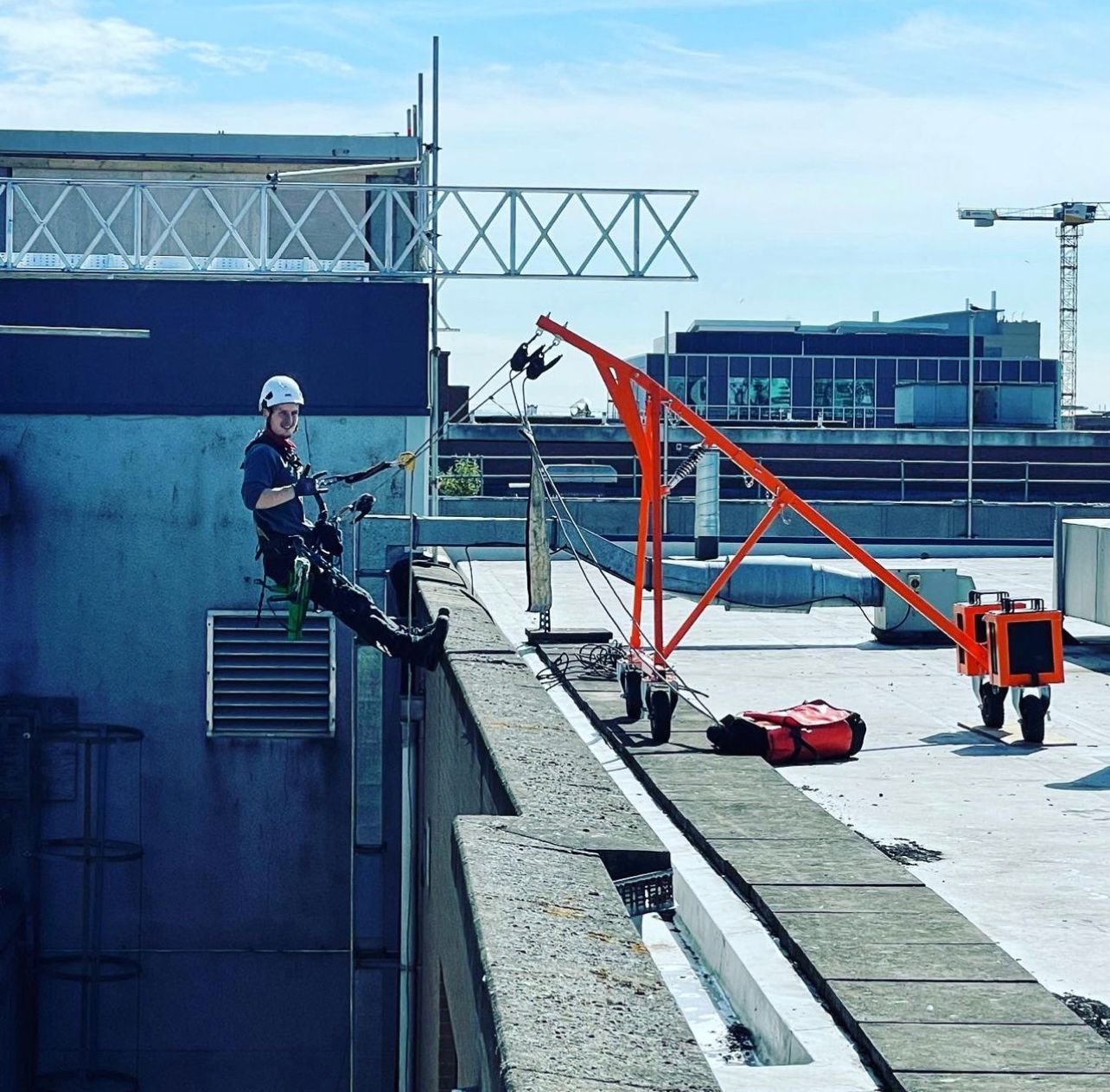What is Rope Access
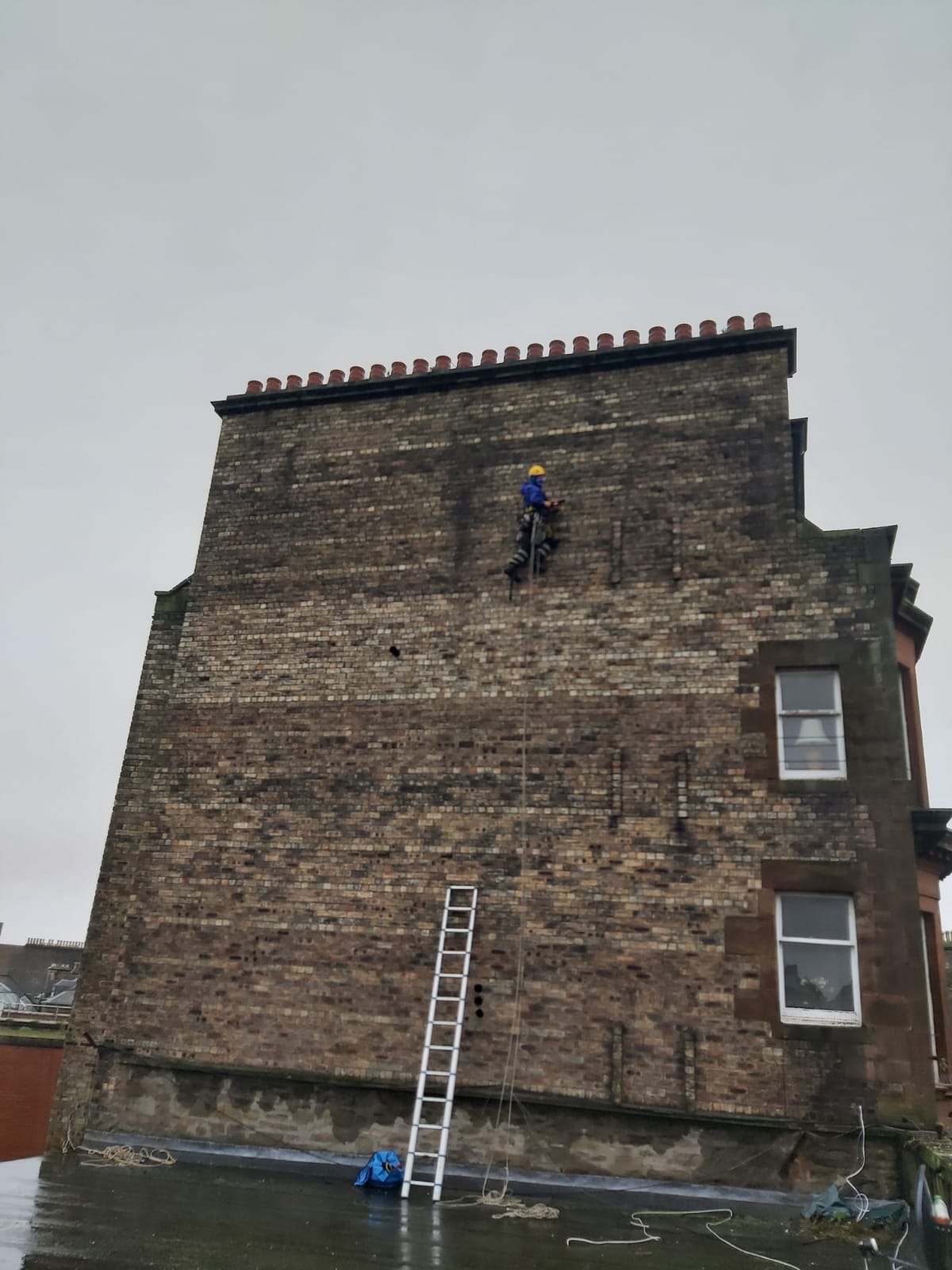
What is Rope Access
Rope access, an industrial climbing technique also known as abseiling, is a highly specialised method of work that involves the utilisation of ropes, access equipment, and skilled technicians used by rope access companies operating at elevated heights across diverse environments worldwide. The term "Steeplejacks," although still widely used in certain regions, essentially refers to the same practice.
This incredibly intricate and refined form of work has its roots in climbing and caving techniques. Over time, it has evolved into a method that enables the safe execution of repairs, maintenance tasks, and painting at great heights. By eliminating the need for costly alternatives like scaffolding or other elaborate means of reaching the work site, rope access has become a game-changer in the industry.
This versatile approach has revolutionised the field by providing efficient and cost-effective solutions for working at height in various corners of the globe. Skilled technicians, equipped with the necessary knowledge and expertise, are able to navigate challenging environments, such as towering structures, steep cliffs, or confined spaces, with ease and precision. They are trained to meticulously assess and identify potential hazards, ensuring that safety remains paramount throughout the entire process.
With rope access, the need for traditional access methods is significantly reduced. This not only saves time and money but also minimises disruption to the surrounding area. The mobility and flexibility of rope access techniques allow for swift and efficient completion of tasks, regardless of the complexity or location of the work site.
Moreover, the use of ropes and specialised equipment provides an added layer of security and control, enhancing the overall safety of the operation. Technicians are equipped with state-of-the-art equipment, ensuring their comfort and stability while working at great heights. Rigorous safety protocols and continuous training further reinforce the commitment to maintaining the highest standards of safety and professionalism.
The success and wide-ranging applicability of rope access have made it a preferred choice for a multitude of industries, including construction, oil and gas, telecommunications, and renewable energy. Whether it's conducting inspections, conducting installations, or performing maintenance, rope access offers a practical and efficient solution for a myriad of tasks.
Today, there are lots of job opportunities within the field of rope access, as more businesses and sectors require rope access systems that provide a safe and secure method of working at height. Allowing technicians to work from high and difficult to reach locations, the deployment of rope access methods allow workers to complete work efficiently, with minimal accidents, and offers great cost saving benefits when compared to traditional systems.
However, all aspiring rope access technicians must undergo strict training and obtain the relevant qualifications before working at height and this is required across lots of different sectors.
What exactly does a job in rope access look like?
Many people have heard about rope access job roles however, they don’t know what they entail or what they need to do in order to become a fully-fledged rope access technician.
The job has wide-ranging responsibilities, as well as a whole host of opportunities that technicians can explore when it comes to finding their feet in the world of rope access. All rope access technicians do require a variety of skill sets and qualifications and the level they require is reflected in their salary. This is because as your career progresses, you may gain experience through several roles within a number of different sectors and progress with your rope access qualifications.
What type of jobs can you get within rope access?
There’s a vast range of job opportunities that involve the need for rope access technicians including, but certainly not limited to, the rope access jobs outlined below:
Geotechnical industries
It’s common knowledge that some of the most exciting and challenging rope access jobs are in geotechnical industries, with technicians manoeuvring caves, steep roadsides or rail embankments and other challenging environments which test their skills and nerve!
Rope access is needed in many of these environments as the vast majority of natural structures are unreachable by scaffolding, or simply to costly, meaning the only way to access hard to reach environments is by rope. Roles involved often include drilling, meshing, cabling, and inspecting natural structures in order to ensure that they are structurally sound.
Offshore industries
Rope access jobs have become synonymous with many offshore industries, especially those that require the specialist services of rope access workers in oil and gas environments. These industries not only offer well-paid positions but also present unique challenges, such as long periods of time at sea and being away from family and friends.
The role of rope access technicians in offshore environments is multifaceted and diverse, and it greatly depends on their experience and qualifications. These highly skilled individuals can expect to engage in a wide range of tasks, including but not limited to rust removal, repair work, plating, welding, and inspection. Their expertise and knowledge are instrumental in ensuring the safety and smooth operation of offshore facilities.
Rope access technicians are responsible for conducting thorough inspections, identifying potential issues, and implementing necessary repairs and maintenance. Their exceptional problem-solving skills and attention to detail are paramount in guaranteeing the integrity of offshore structures and equipment. These professionals possess a deep understanding of the unique challenges posed by the offshore environment and are well-equipped to handle them effectively.
In addition to their technical expertise, rope access technicians must also possess strong communication and teamwork skills. They often work in teams, collaborating closely with other professionals to complete projects efficiently and safely. Effective coordination and cooperation are essential in this line of work, as it involves operating in potentially hazardous conditions and adhering to strict safety protocols.
Furthermore, rope access workers in offshore environments must be physically fit and mentally resilient. The nature of the job demands endurance, agility, and the ability to remain calm and focused even in high-pressure situations. They must be able to adapt quickly to changing circumstances and make sound decisions to ensure the continued operation of offshore facilities.
Overall, rope access jobs in offshore industries offer not only lucrative opportunities but also the chance to work in challenging and rewarding environments. While they may involve long periods of time at sea and being away from loved ones, these roles provide valuable experiences, personal growth, and the satisfaction of contributing to the success of critical operations in the oil and gas sector.ccess jobs available in the energy sector, with qualified rope access technicians working on power stations, wind farms (both onshore and offshore) and refineries all around the world. Roles include maintenance and repair tasks, to things like wind turbine blades and rope access inspectors have a huge role to play in the surveillance and safe upkeep of energy environments.
Of course, it goes without saying that in all of these environments, safety is always a top priority, so people with backgrounds in adopting strong safety critical cultures in high risk environments, will often be the ones with transferable skills that rope access companies like Dangle look for.
What Qualifications do you need for Rope Access?
Any rope access role requires the knowledge, skills and qualifications to complete any working at height safely. With this in mind, if you are looking for a rope access role, you should be aware that you will require rope access job qualifications or a trade.
And, the vast majority of work at height job roles require qualification from the Industrial Rope Access Trade Association (IRATA) including IRATA Level 1, IRATA Level 2 and IRATA Level 3. All aspiring rope access technicians are expected to complete standardised training courses at these varying levels, depending on the job they are applying for and the experience they bring. Courses cover everything from rope access manoeuvres and important rescue procedures through to thorough equipment inspections and a full understanding of safety regulations.
Of course, there are a number of different rope access roles that also require additional specialist trade skills such as blade repair, painting or welding experience, so if you have a trade, there’s even more opportunities for you to explore.
About Dangle Rope Access
Here at Dangle Rope Access, we provide a variety of comprehensive inspection, access, coatings, and composite (IACC) industrial services. Our services are available to both the private and public sectors.
We offer high-quality proven solutions that will help reduce maintenance costs in both the long and short-term. We are based in Dundee, Scotland and also have offices based in Edinburgh, along with our newly established training centre in Northern Ireland Dangle Academy. Due to our company size and structure, we are able to offer a flexible and versatile approach to the way we run our business and the services that we offer our clients. And, as a leading painting company, we’ve worked on several renewable energy projects in the UK, Europe, and the US.
We work with both on and offshore with wind farm operators, and asset owners. For offshore wind farm maintenance, to onshore building maintenance, we can cover both the East and West coasts.
To find out more about how our team can help you contact us today. Our friendly, professional and helpful team is always on hand to help.
Working at Height
Access Systems
We'd love a share...
